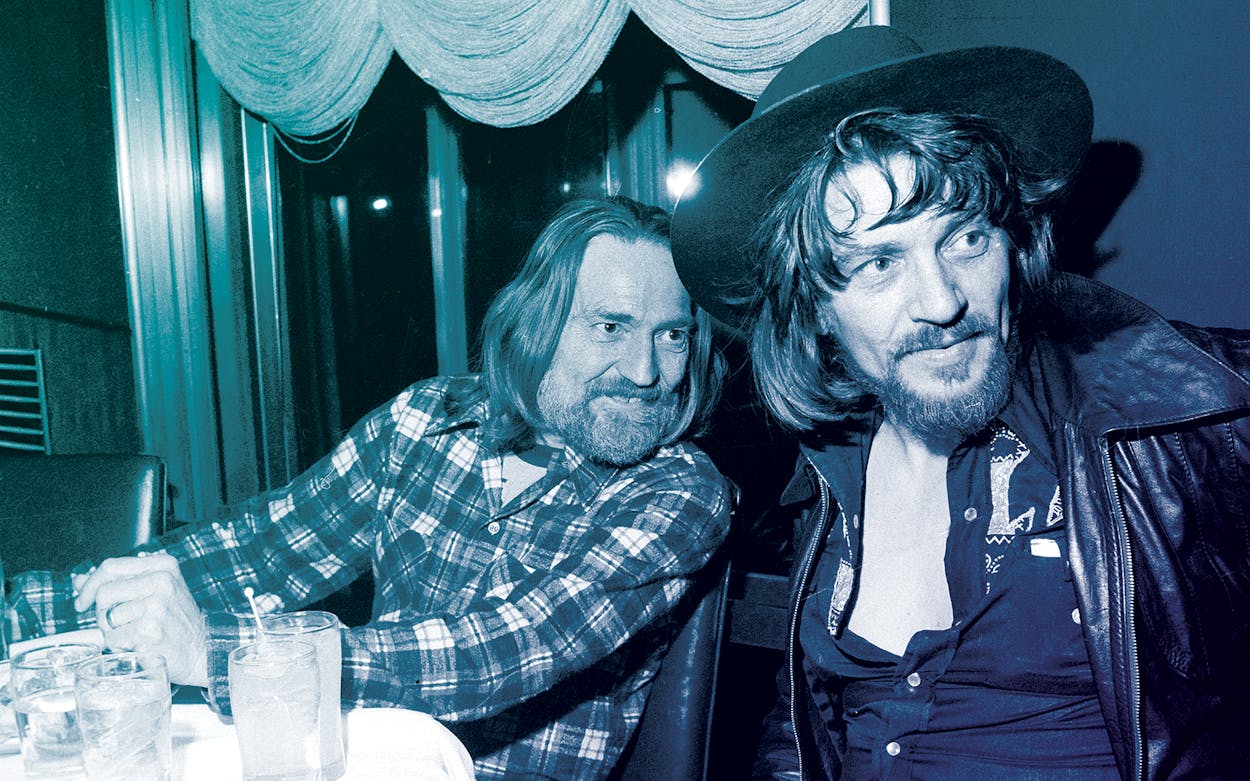When Waylon Jennings and Willie Nelson came to Texas in the seventies, the move signaled their desires to escape the Nashville machine and make music in a freer, looser environment on their own terms. The community and free-spirited Austin atmosphere that waited for them, led by artists like Jerry Jeff Walker and Billy Joe Shaver, helped inspire the greatest musical achievements of a whole lot of talented folks, Jennings and Nelson included. (Read John Spong’s 2012 oral history of Austin music in the seventies for the full story.)
The outlaws and rebels of the Armadillo World Headquarters played the game very differently than they did out in Nashville, and the two communities have always had a subtle rivalry. That’s exemplified, in part, by Nashville’s Country Music Hall of Fame, which focuses decidedly more on the culture of its city than on the work that redefined the genre in the seventies—much of which happened in Texas.
Last week, the museum announced plans to rectify that with a major, three-year exhibit, titled “Outlaws and Armadillos: Country’s Roaring ’70s,” opening on May 25. The museum promises to give the outlaws’ contributions their due, acknowledging in a release that “40 years ago they started a musical revolution by creating music and a culture that shook the status quo on Music Row and cemented their place in country music history and beyond.” The exhibition promises to “explore this era of cultural and artistic exchange between Nashville, Tenn., and Austin, Texas, revealing untold stories and never-seen artifacts” and “explore the complicated, surprising relationship between the cities.”
The exhibit’s specifics are still under wraps, but it’ll likely include some of the same sort of vintage posters, handwritten lyrics, famed instruments, and iconic wardrobe pieces that the museum (including its current “Dylan, Cash, and the Nashville Cats” exhibit) is known for. Visitors will also be able to attend live performances, panel discussions, and films related to the legacy of seventies outlaw country, and to purchase a companion book capturing some of the highlights and history contained in the exhibit, as well as an LP with the music itself.
The exhibit chronicles a movement that has shaped the music of subsequent artists, including contemporary country stars like Miranda Lambert, Chris Stapleton, and Dierks Bentley. A quarter century after Jennings and Nelson made their way to Austin, it pays due homage by framing the era not as a quirk in country’s history, but as a whole separate wing in the annals of the genre.








